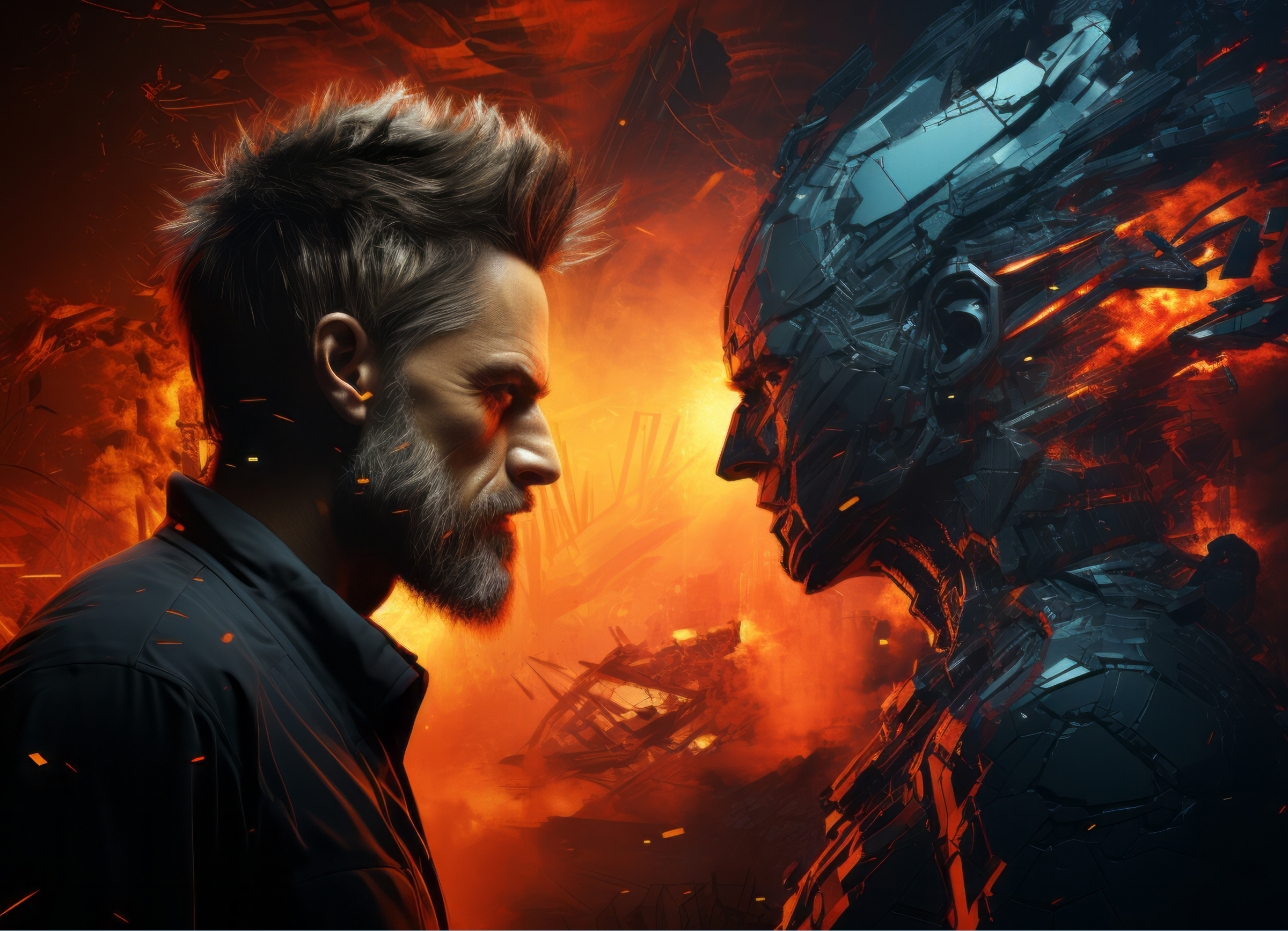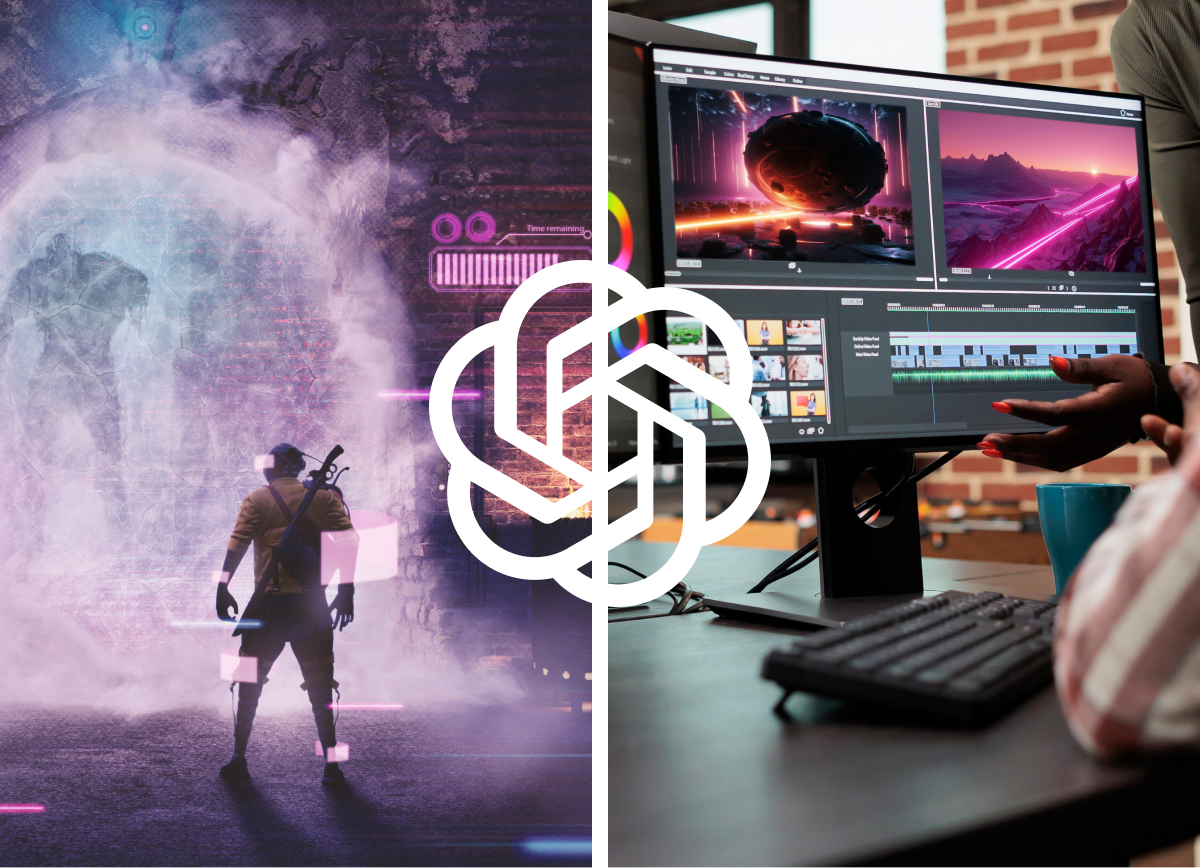
Since its first release, JavaScript has grown to become one of the world’s most powerful scripting languages ever to be developed. It has evolved from a simple language used to develop comprehensive client-side functionality and has become more of a building block in itself for other JavaScript-based languages. Today, there are many other languages which have been derived from JavaScript libraries, known as JavaScript frameworks. One of the most popular frameworks ever to be built from JavaScript is Node.js.
Node.js is a JavaScript runtime environment which is fast, lean, and one which offers cross-platform development (development on both client and server side). It is a framework which allows developers to maximize performance by increasing throughput and reducing latency in a network connection, which improves scalability. The mechanism of Node.js works in a way which eliminates multiple threads of requests in a server. Instead, Node.js runs only one thread, known as the ‘event loop’ which operates on a callback function to manage each connection made to the server. A single looped thread reduces overhead by eliminating the need for processors to place each request in a new thread, and this reduces latency significantly.
Owing to the efficiency of Node, many large companies have taken it up as a runtime environment for their applications. Here are the most popular applications which utilize Node.js technology.
PayPal
Paypal is an online payment system which allows users to receive payment, send money and even pay for goods and services online while keeping their financial information private. Since its release in 2001, PayPal has gained traction to become one of the world’s leading online payment systems, with thousands of transactions happening daily. PayPal uses Node to power its web applications, enabling its web designers to iterate changes faster while still managing multiple requests efficiently.
Yahoo!
Yahoo is a web service which offers multiple solutions including mailing services, search engines, user-generated input services (Yahoo Answers) and a browsing platform. Being a company that has been in the business for a long while, Yahoo has millions of users across the globe and is an avenue for generation of big data. The company manages all of its web application platforms by using Node to handle the multitude of data that is generated each day as well as the ability to add functionality and individual components to its web applications in much shorter cycles.
Netflix
Netflix is one of the world’s leading video content and streaming website application on the market today. The use of Node in the development of its web application has come with numerous benefits for the company. For starters, it enabled the company to achieve its goal of giving more power to the client side of the web application by adding functionality to the user interface, which the cross-platform nature of Node helped to achieve. The company’s development cycles also decreased significantly, allowing them to build and implement features much faster. There was also a significant increase in performance and up to a 70% decrease in load time.
Uber
Arguably the world’s leading cab service technology platform, Uber is a data-heavy application which incorporates location tracking services and payment methods to provide users with a usable platform for requesting taxi services. Owing to its growth (doubling almost every six months), Uber relies on Node to achieve scalability by optimizing various kinds of data processing such as canceling of rides and reimbursement of customers. The easy error analysis techniques offered by Node have also boosted its performance significantly. The company has been able to expand smoothly, even incorporating a new food delivery service, Uber Eats, to its franchise, which is still run on Node.js platform efficiently.
LinkedIn is a social media platform which focuses on profession and employment needs of individuals and companies alike. It allows its users to create and share their professional portfolio in a simple manner which resembles a social media profile. It also allows companies to market themselves to potential investors, offers a platform for them to find potential employees and enhances marketing through social outreach. LinkedIn utilizes Node in both its web and mobile platforms to process and manage data as well as simplify its various application components through refactoring with Node’s cross-platform capabilities. This has helped them to obtain improved efficiency and increase scalability for its user base of over 450 million.
eBay
eBay is an e-commerce giant company which provides users with a platform to both sell and buy products and services. eBay has grown to become a multimillion dollar company with over 170 million active users. The traffic generated on both web and mobile application in this company are overwhelming, and Node allows them to synchronize the data and maintain optimum connectivity for users all over the world. Its improved performance also allows several live connections to be maintained on either platform, while processing services such as orders, cart items, wish lists, payment and delivery processes. The company aims at fully migrating its platform to Node which they say will help them to optimize services even further.
Medium
Medium is a publishing web and mobile platform that has been rising up the ranks in recent years. It offers a simplified look and feels for users while allowing them a lot of functionality on the client side. With over 100 million users who both read and write content, Medium employs Node in its functionality to manage all the incoming data while still running user-generated content such as blogs, groups and publishing topics. By using Node, Medium has managed to successfully implement a lightly coded application which serves readers and writers by utilizing one framework on both server and client side.
Walmart
Walmart is a global retail company which implemented Node into its web platform to combat memory leaks at the server ends. It provided them with a runtime environment which incorporated the rapid development of their interface along with optimization of user data and higher performance at the client side. Walmart has reported the increase in users thanks to improved user search results, high interactivity, and better processing power since they implemented Node.js


